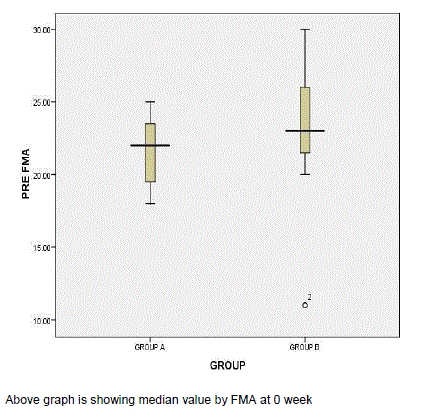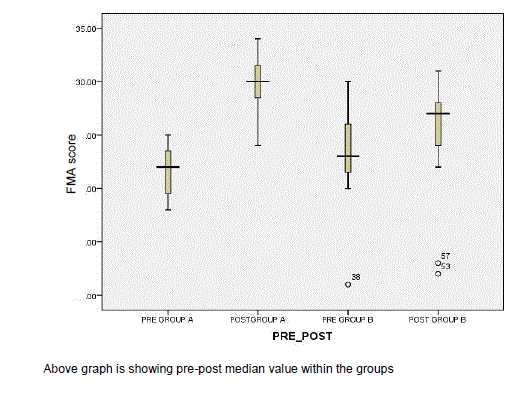Research Article Open Access
Effectiveness of Mental Practice Combined with Physical Practice in the Treatment of Post Stroke Patients
| Chandan Kumar1* and Monika2 | |
| 1Associate Professor, MGM‘S Institute of Physiotherapy, Aurangabad, Maharastra, India | |
| 2Clinical Psychologist, MGM‘S Institute of Physiotherapy, Aurangabad, Maharastra, India | |
| Corresponding Author : | Chandan Kumar Associate Professor, MGM‘S Institute of Physiotherapy Aurangabad, Maharastra, India Tel: 91-8087518006, 7773923831 E-mail: ptchandan221@yahoo.co.in |
| Received January 31, 2014; Accepted June 30, 2014; Published July 03, 2014 | |
| Citation: Kumar C and Monika (2014) Effectiveness of Mental Practice Combined with Physical Practice in the Treatment of Post Stroke Patients. J Nov Physiother 4:216. doi: 10.4172/2165-7025.1000216 | |
| Copyright: © 2014 Kumar C, et al. This is an open-access article distributed under the terms of the Creative Commons Attribution License, which permits unrestricted use, distribution, and reproduction in any medium, provided the original author and source are credited. | |
Visit for more related articles at Journal of Novel Physiotherapies
Abstract
Purpose: To determine the effectiveness of mental practice combine with Physical practice in post stroke patients.
Methodology: This was an experimental study of 30 stroke patients having first ever unilateral stroke. All the subjects were enrolled in identical subgroup and divided into two equal group one experimental and another control group. Experimental group did 30 to control group and displayed efficient improvement in motor function of the upper extremity after 6 weeks.
Conclusions: Mental practice with physical practice is more effective than physical practice alone, thereby providing evidence that it is a better strategy to include mental practice in combination with physical practice in stroke minutes mental practice followed by 30 minutes physical practice and control group performed 30 minutes physical practice. After completing 6 weeks of intervention in both the groups, posttest measurement done with Fugl- Meyer Assessment (FMA) scale.
Results: The result obtained from the study demonstrated that experimental group showed significant results as compared rehabilitation.
Tables and Figures at a glance
| Table 1 | Table 2 | Table 3 | Table 4 | Table 5 |
Figures at a glance
 |
 |
 |
| Figure 1 | Figure 2 | Figure 3 |
Relevant Topics
- Electrical stimulation
- High Intensity Exercise
- Muscle Movements
- Musculoskeletal Physical Therapy
- Musculoskeletal Physiotherapy
- Neurophysiotherapy
- Neuroplasticity
- Neuropsychiatric drugs
- Physical Activity
- Physical Fitness
- Physical Medicine
- Physical Therapy
- Precision Rehabilitation
- Scapular Mobilization
- Sleep Disorders
- Sports and Physical Activity
- Sports Physical Therapy
Recommended Journals
Article Tools
Article Usage
- Total views: 15045
- [From(publication date):
July-2014 - Aug 16, 2025] - Breakdown by view type
- HTML page views : 10371
- PDF downloads : 4674
